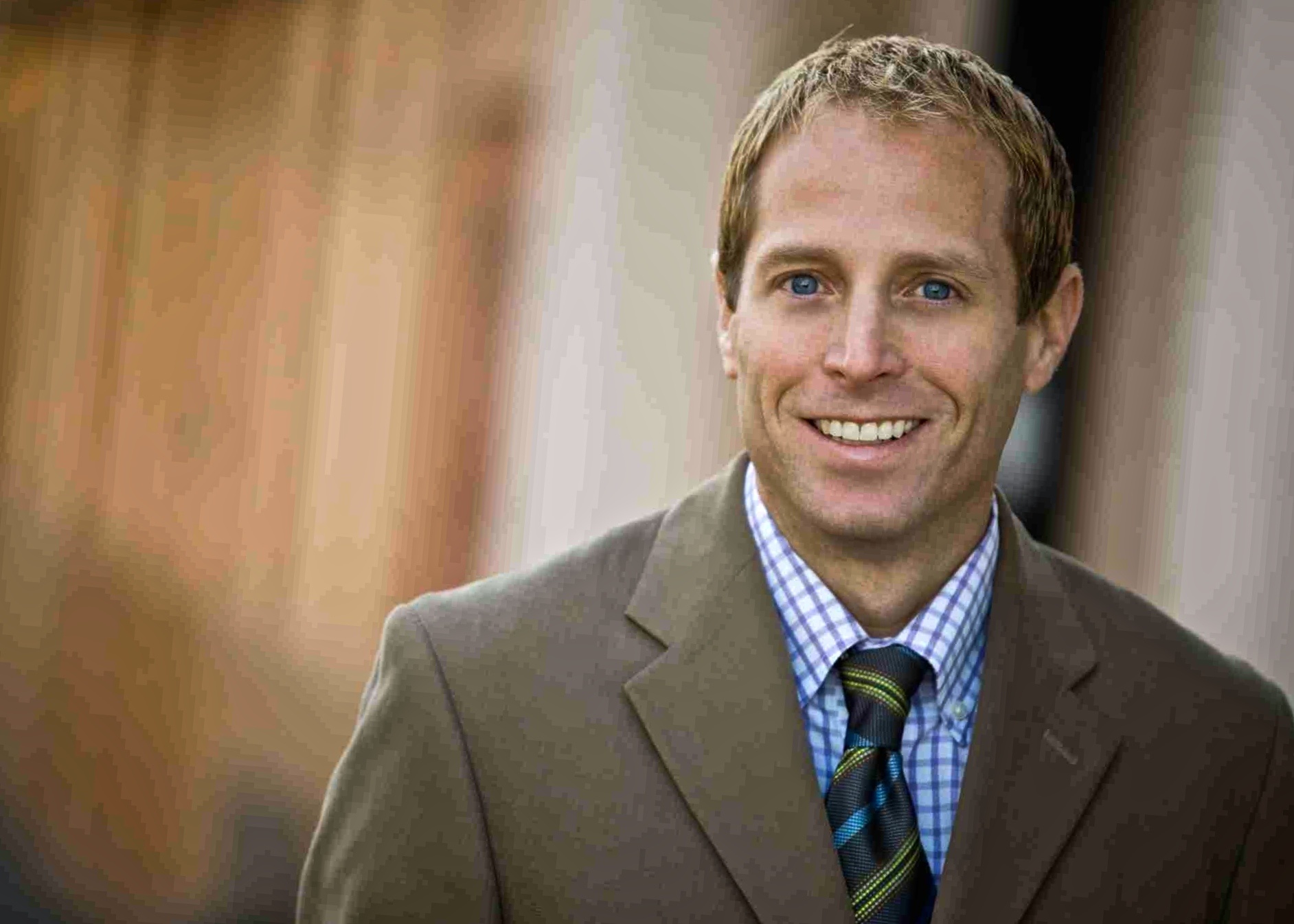

I ran across an article the other day. An opinion piece posted in a noted medical journal, the article discussed the difference between patient-centered care and person-focused care. The final page of the article featured the following quote:
The feelings and emotions of the patients, under critical circumstances, require to be known and to be attended to, no less than the symptoms of their diseases.
— Medical Ethics, Thomas Percival, 1740-1804, English physician and author
The article emphasizes the need for healthcare systems to consider patients’ problems both as we (medical professionals) define them – and as they experience them. There are many challenges in modern medicine— from overtaxed providers to complex billing systems to a plethora of lifestyle-motivated chronic diseases. Everyday I read a new paper describing novel plans for overhauling health services delivery or revamping antiquated systems. Rarely do I read an article like this one—that focuses on what I think is the real issue: people connecting with people.
When I was in medical school a professor told me the most important tool I had in my clinical armamentarium (they still used military references back then) was the “power to communicate.” He told me the most important thing I can do is listen attentively to my patients and let them tell their stories. Now, some twenty years later – I fully believe that is the case.
A dear colleague of mine wrote a marvelous blog post - Looking for the "Borderline Patient.” Through powerful prose, Gloria told the story of her struggles with the healthcare system. She described the need for greater dialogue between the patient and the provider. After reading her post, I e-mailed her to tell her how much it meant to me. She wrote back, “Patients like me experience medical care as hurtful sometimes. I often feel invisible and that I as a person could easily be substituted for another person. The patient is supposed to be able to meld into the physician’s process and work around his or her needs.”
I believe that most doctors do not intend to miscommunicate with their patients. In fact, physicians are trained as master communicators. However, the constraints and demands of medical practice today make it very challenging to be fully present to every aspect of care delivery. Emphasis is placed on the technical side of medical care and less on the humanistic side. Providers are overworked, overstimulated, and under increasing pressure to deliver cost-contained and effective care in a timely manner. In fact, more and more doctors describe themselves as “burned out.” The system is strained. As my colleague Gloria pointed out in her e-mail to me, “In health care reform this reality gets little consideration- no care can take place if one party’s welfare is left out of consideration.”
However, research shows that person-centered care is effective. When providers take the time to be open and listen to service users, it can transform care (Churchill & Schenk, 2008). When service users feel that their concerns are listened to and understood within the context of their individual lives, it can help them overcome prior negative experiences with the healthcare system, stigma, discrimination, and mistrust (Koyanagi, 2004). Providing person-centered care yields better health outcomes, including improved disease-related outcomes and quality of life through reduction of anxiety and depression (Epstein, Fiscella, Lesser, & Stange, 2010; Rao, Anderson, Inui, & Frankel, 2007). What’s more, clinicians trained in providing person-centered care have lower burnout rates and report enjoying their work, even in very challenging medical environments (Churchill & Schenk, 2008).
I believe the solution to communication and relationship barriers rests with both parties. Both patients and providers have to begin by acknowledging the reality that they do not necessarily understand each other’s experiences. Conflicts arise as both patients and doctors rely on preconceived notions and ways of being in the world. We continued to correspond over e-mail, and at one point Gloria posed to me an ever-important question – “How do we take the competition out of the picture?” She points to the fact that providers and the people they serve have shared interests. How to we emphasize our shared goals, and de-emphasize our biases and assumptions that place us at odds? Doing so is likely to improve care.
People with medical, mental health, and substance use conditions are first and foremost people experiencing challenges in their lives. They have hopes, dreams, aspirations and goals just like everyone else. Perhaps the first place to start in creating better ways of communicating is by acknowledging the role we play with one another. Perhaps the best place to start is to recognize that we are just people trying to connect in a way that enhances the quality of care and allows both parties to feel hopeful for a better tomorrow.
Image by Jeff Olivet







